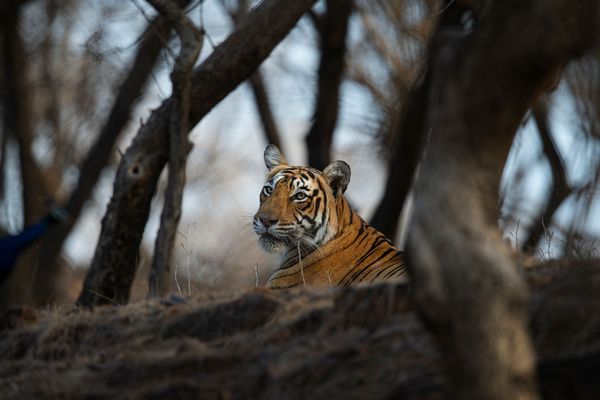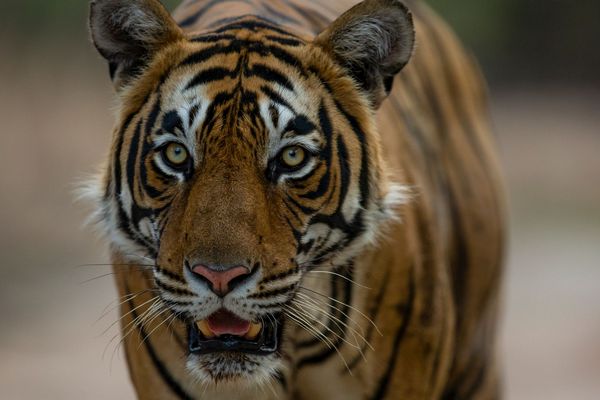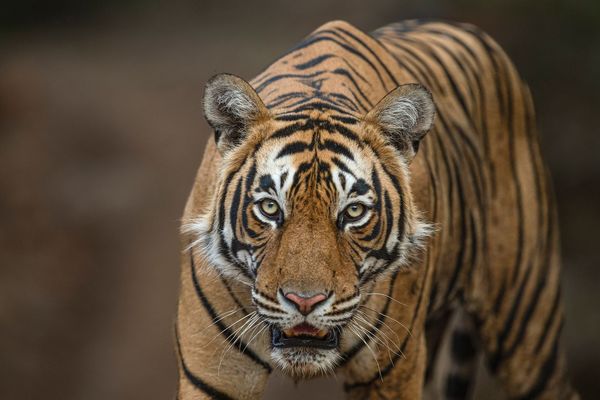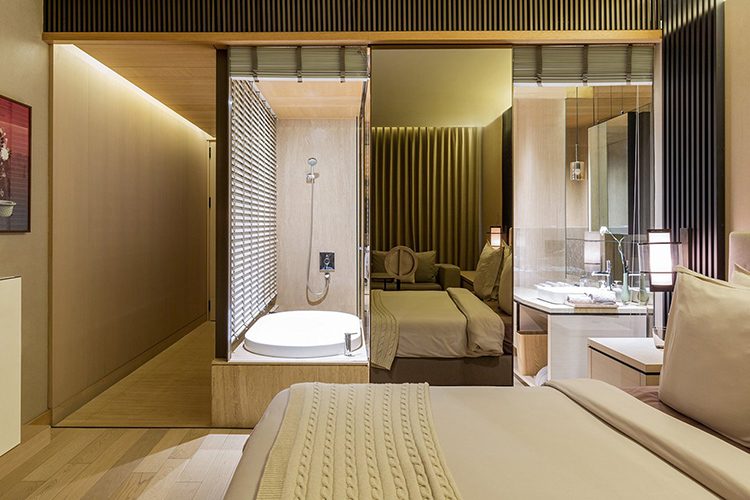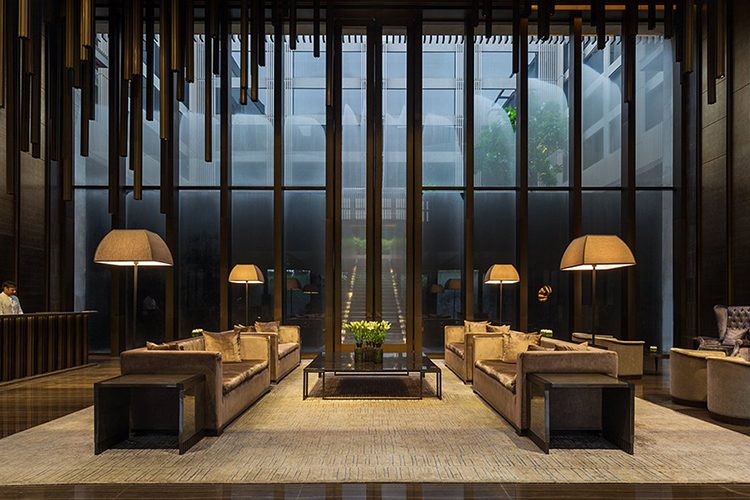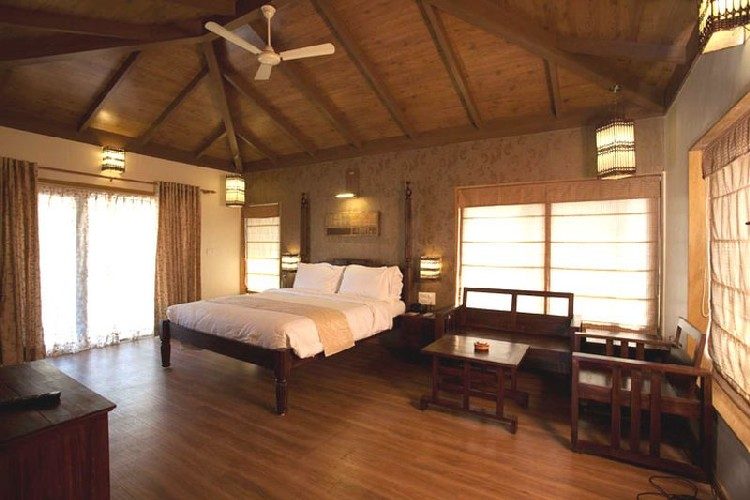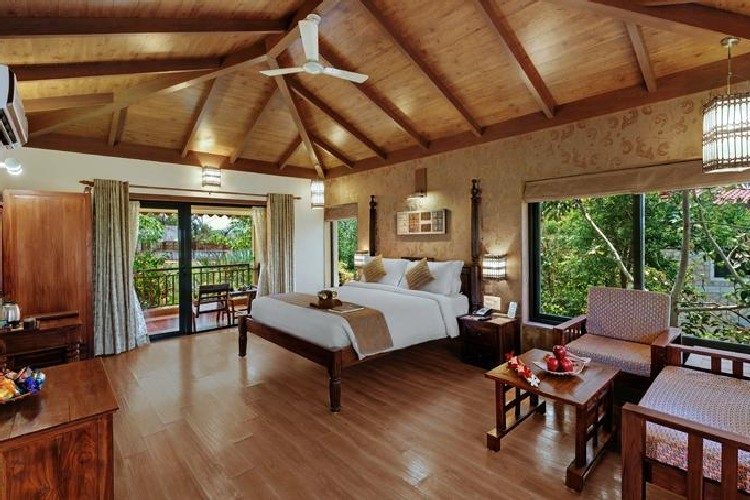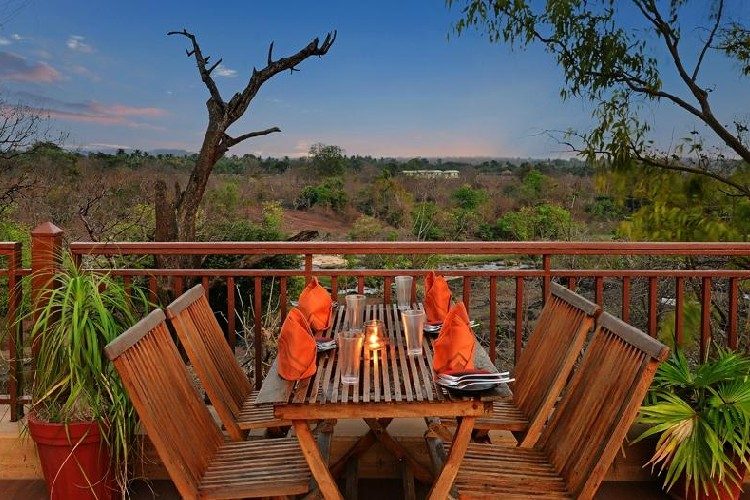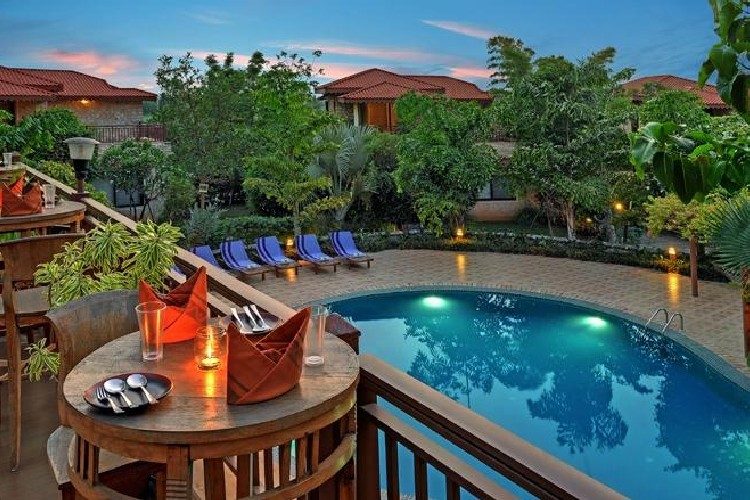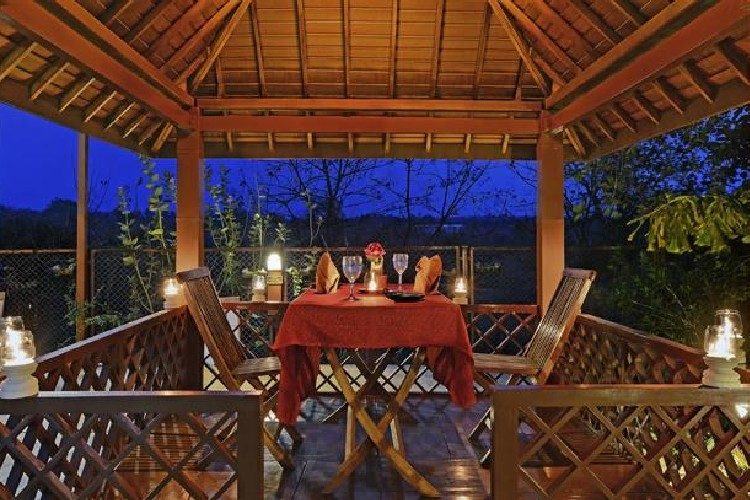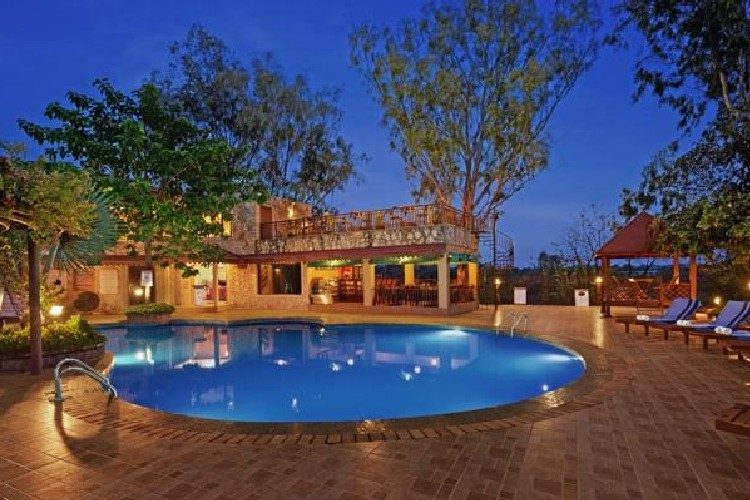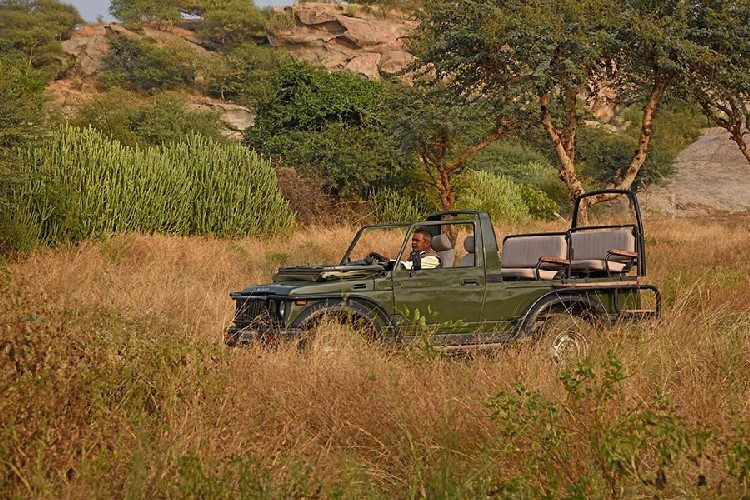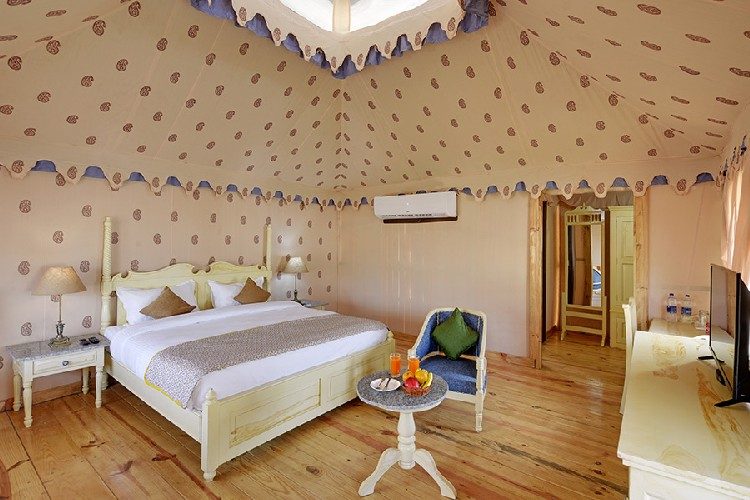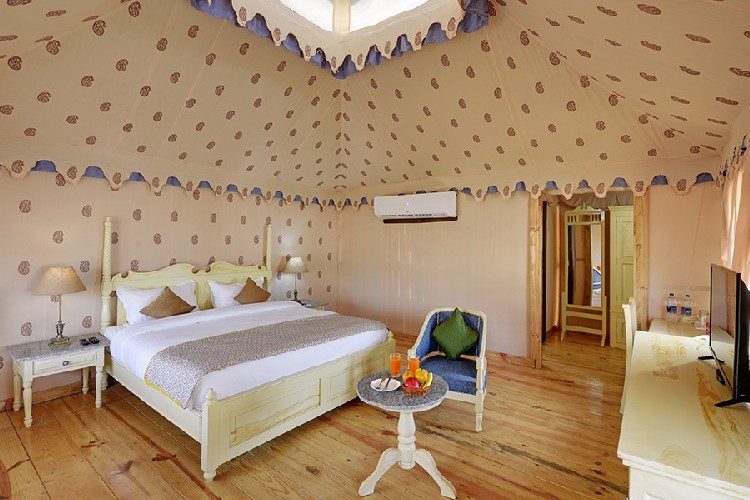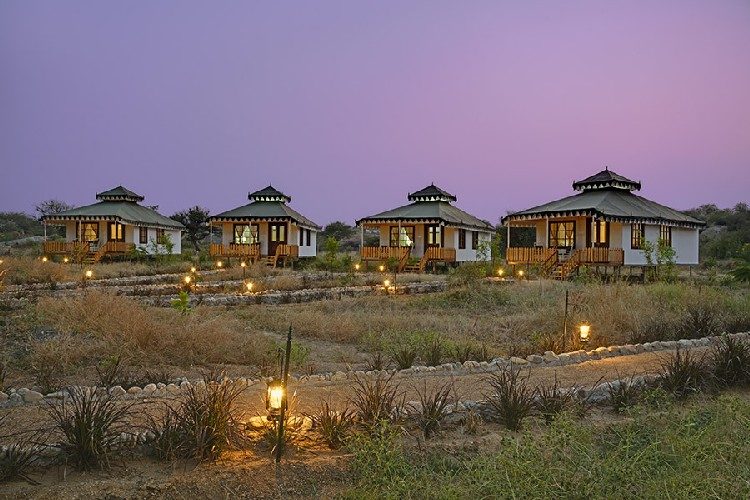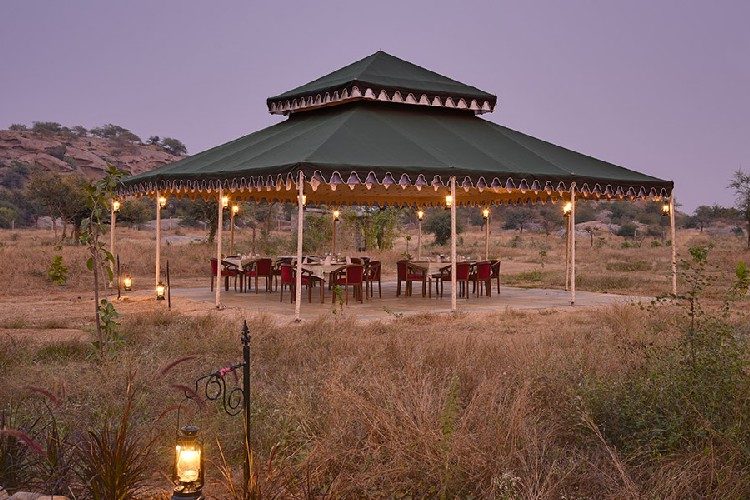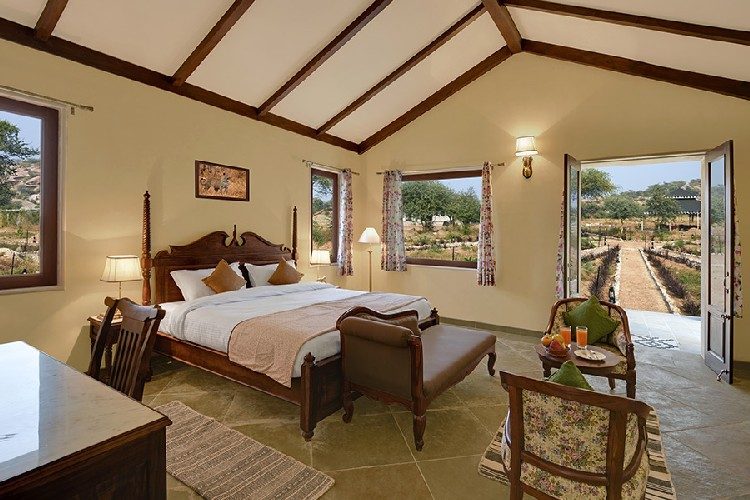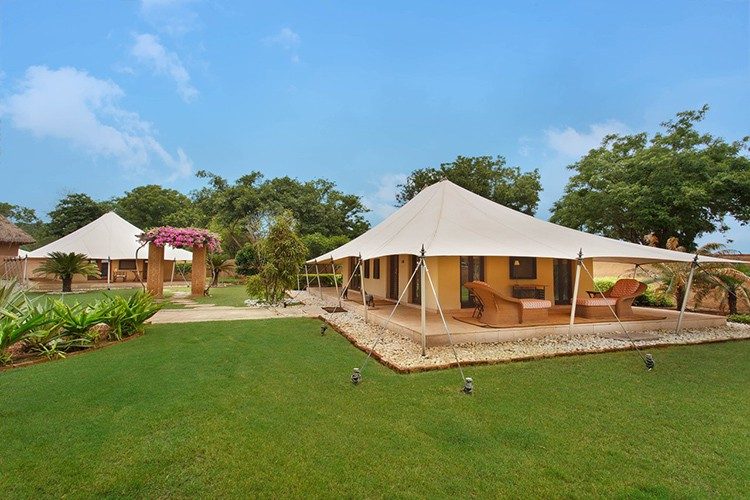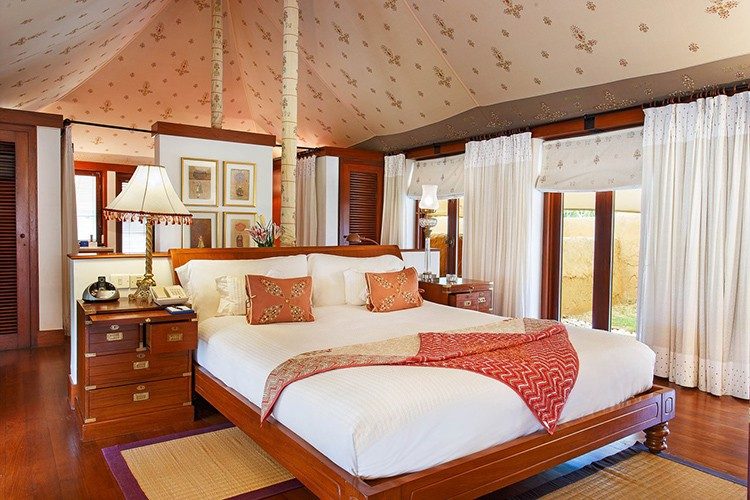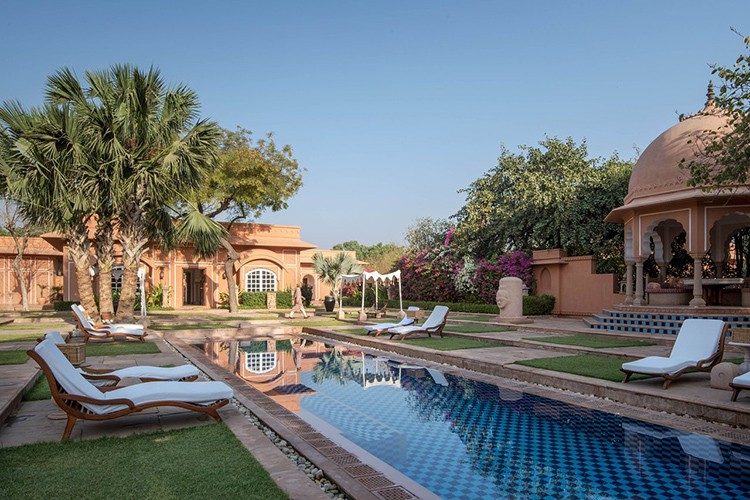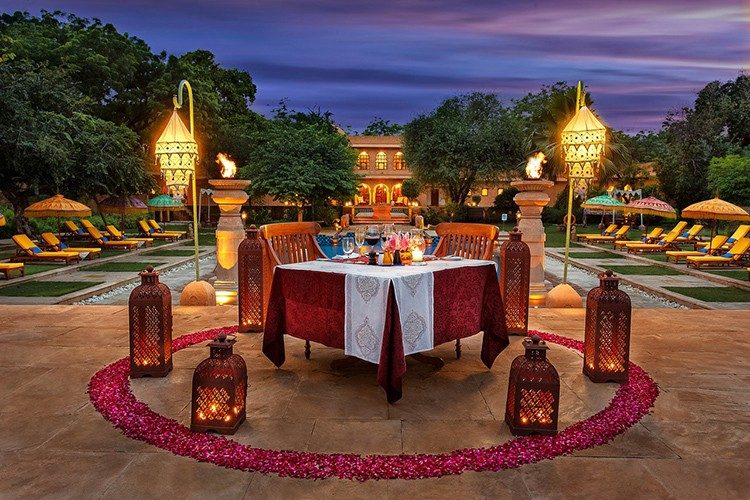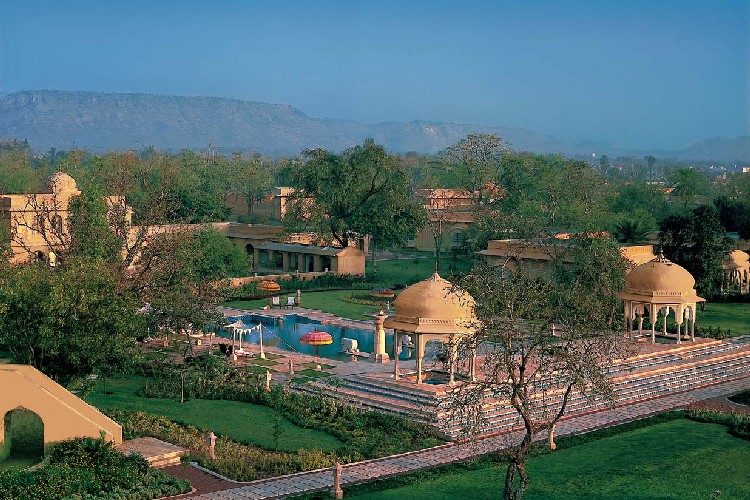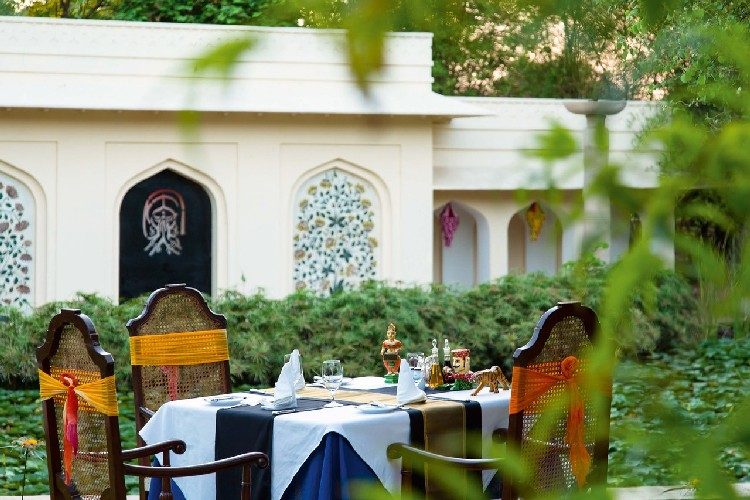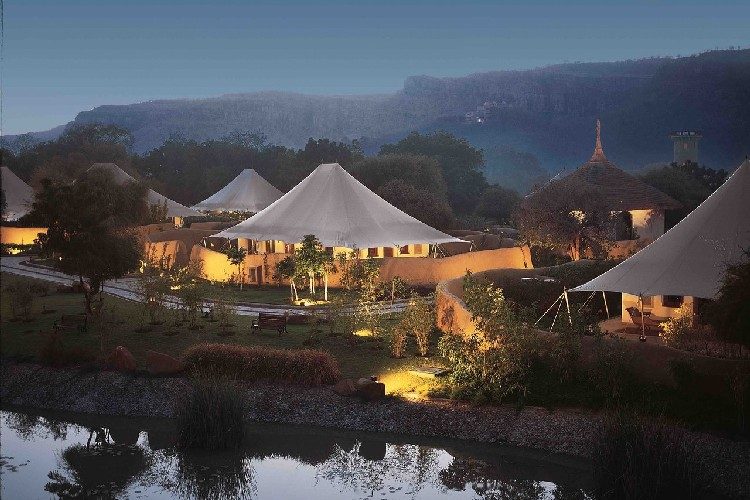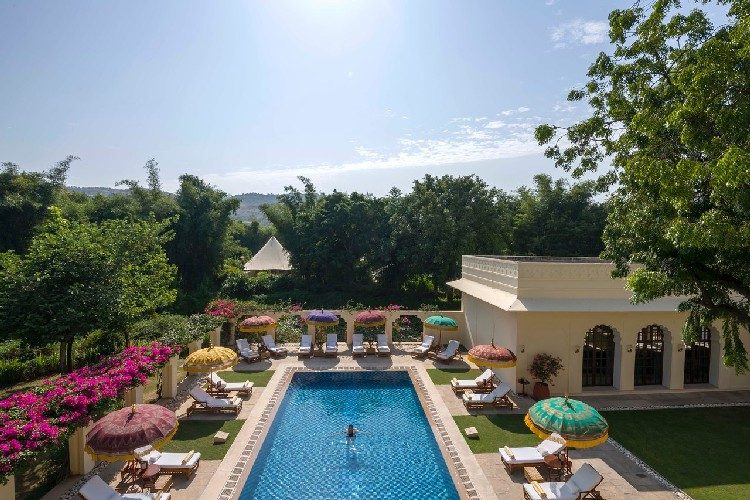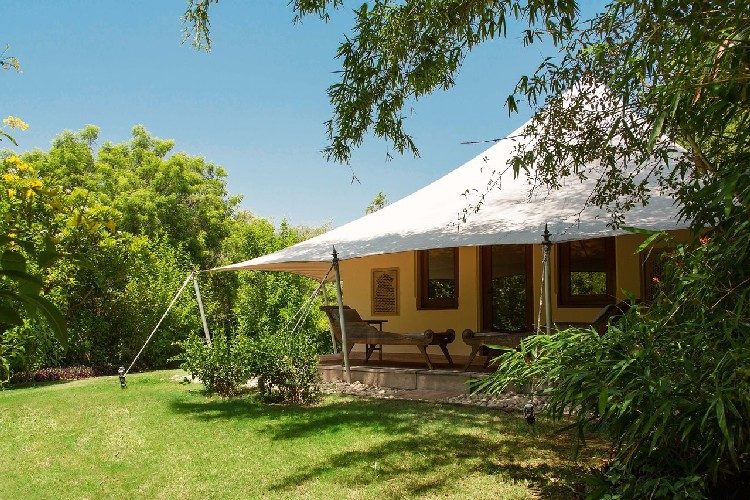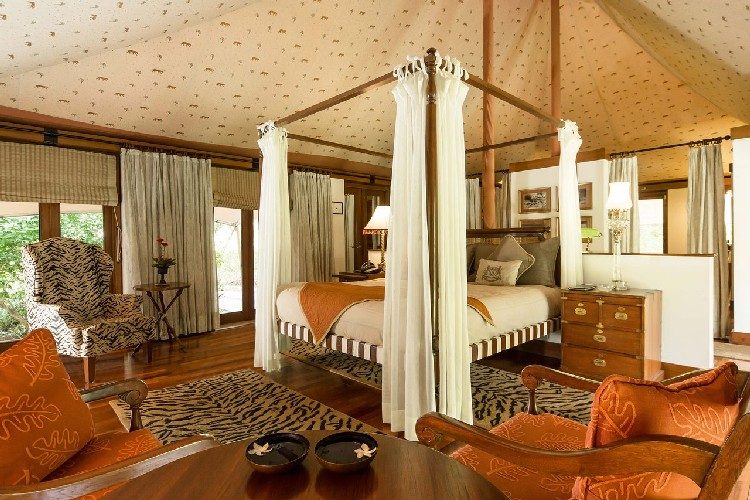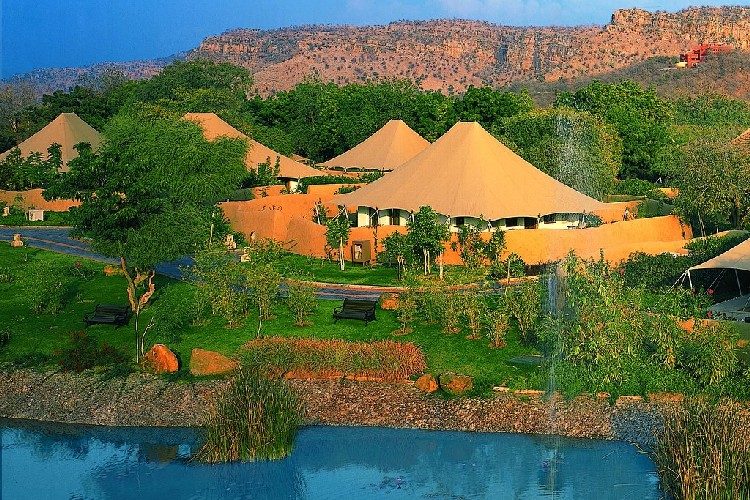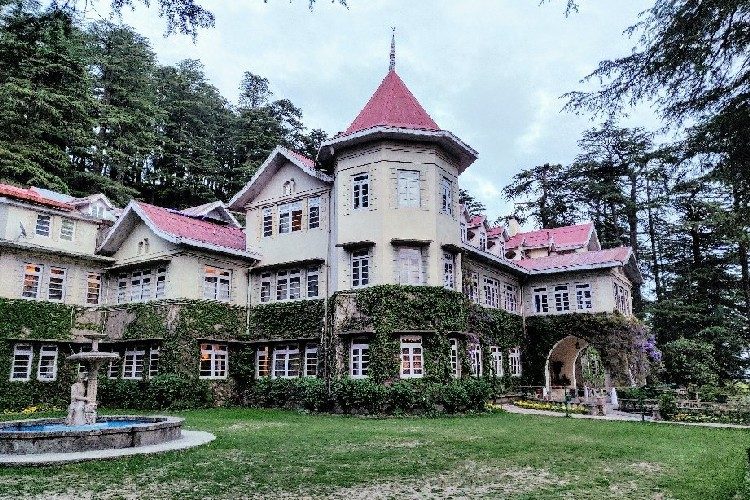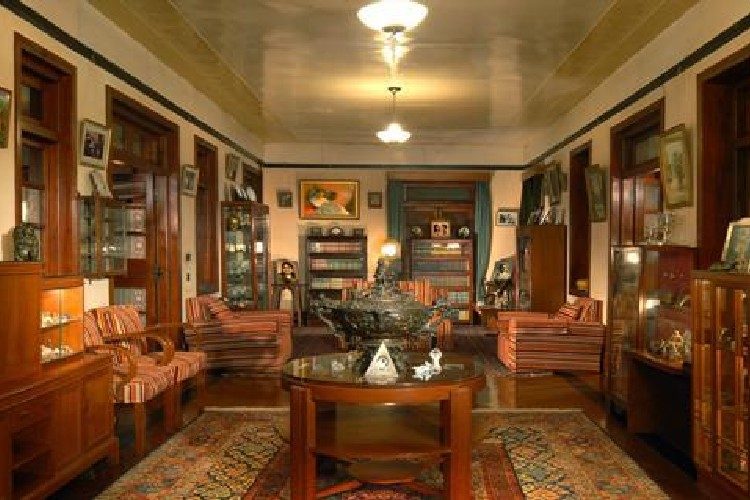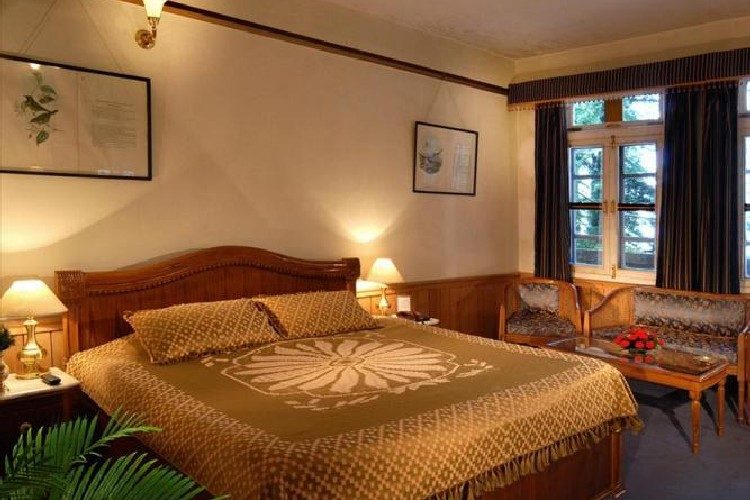destinations covered
- Day 01: Arrive New Delhi (Flight)
- Day 02: New Delhi – Rajkot - Sasan Gir (Flight + 180 Kms/04-hours drive)
- Day 03 - 04: In Sasan Gir National Park
- Day 05: Sasan Gir – Ahmedabad (Drive 330 Kms/ 06-07 hours drive)
- Day 06: Ahmedabad to Bera (Drive 290 Kms/05- hours drive)
- Day 07: Bera
- Day 08: Bera – Jaipur (Drive 390 kms/07- hours drive)
- Day 09: Jaipur – Ranthambore Tiger Reserve (Drive 180 kms/03-hours drive)
- Day 10 - 11: Ranthambhore Tiger Reserve
- Day 12: Ranthambhore Tiger Reserve – New Delhi (by day train)
- Day 13: New Delhi – Chandigarh – Shimla (Flight + 120 kms/ 03-04 hours drive)
- Day 14: Shimla – Rampur (Drive 130 kms/ 04-05 hours drive)
- Day 15: Rampur – Tabo (Drive/10-12 hours drive)
- Day 16 - 21: Tabo – Kibber
- Day 22: Kibber – Rampur
- Day 23: Rampur - Chandigarh (Drive 425 kms/08-hours drive)
- Day 24: Chandigarh – New Delhi – Onward (Flight)
